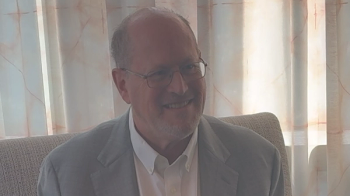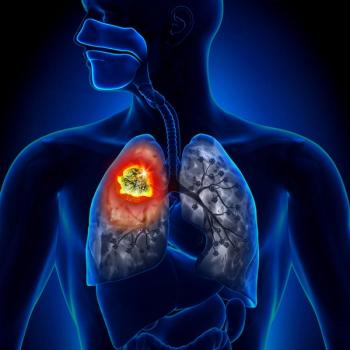
Previous CINV Might Increase Occurrence in Later Cycles of Treatment for Patients with Breast Cancer
Study results suggested that while chemotherapy-induced nausea/vomiting (CINV) can be treated, there is potential for it to return, especially for patients for whom CINV treatment did not work the first time around.
A study of patients with breast cancer and chemotherapy-induced nausea/vomiting (CINV) presented at the 2020 San Antonio Breast Cancer Symposium (SABCS) suggested that while CINV can be treated, there is potential for it to return, especially for patients for whom CINV treatment did not work the first time around.
CINV is a common adverse event for patients undergoing treatment for breast cancer. According to Rudolph Navari, MD, PhD, FACP, of the World Health Organization Cancer Care Program, while previous studies have assessed CINV prevention strategies, there is little research when it comes to a subsequent bout of CINV.
“We sought to evaluate individual patients’ risk for repeat CINV,” Navari said in a presentation of the findings, explaining that this particular study was looking at how CINV risk changes with each chemotherapy cycle for patients with breast cancer.
The research team gathered data from a prospective, 4-cycle CINV prophylaxis trial involving netupitant/palonosetron (NEPA) plus dexamethasone for patients with breast cancer who are receiving anthracycline and cyclophosphamide (AC) chemotherapy. A post-hoc analysis was also performed on a 2006 trial evaluating ondansetron plus aprepirant (APR).
When patients did not experience CINV – defined as vomiting or the use of rescue medication with 5 days after chemotherapy – they were deemed to have a complete response. Other patients were deemed to have CINV prophylaxis treatment failure (TF).
In total, 402 patients and 1299 AC chemotherapy cycles were evaluated. Three-fourths (75.4%) had a complete response, while 24.6% experienced TF. Over 4 cycles, there was a total of 253 TFs, though it should be noted that for the 303 patients who had a complete response in cycle 1, the majority (between 93% and 98%) had a complete response in subsequent cycles.
In the patients with TF in the first cycle, subsequent failure rates were higher, at 49.8% failing at some point between cycles 2 through 4.
In the APR study, which included 433 patients across over 1537 cycles, nearly half (49.2%) of patients experienced TF in cycle 1, and 46.7% had TF at any point between cycles 1 through 4.
As also seen in the NEPA group, patients who had a CR in cycle 1 had an increased chance (between 80.5% and 92.7%) of CR in later cycles. Similarly, patients who had TF in cycle 1 also had an increased chance (between 72.2% and 74.8%) of TF in subsequent cycles as well.
“Patients with treatment failure in cycle 1 did face a higher repeat failure rate,” Navari summarized. “These findings strongly suggest an individual patient [with CINV on] cycle 1 predict CINV in subsequent cycles.”
Reference:
Navari RM, Binder G, Roeland EJ, et. al. Chemotherapy-induced nausea and vomiting (CINV) risk after prior breakthrough CINV: unmasking the false average. Presented at: 2020 SABCS Annual Conference. Dec. 8-11, 2020.
Newsletter
Stay up to date on recent advances in the multidisciplinary approach to cancer.


















































































